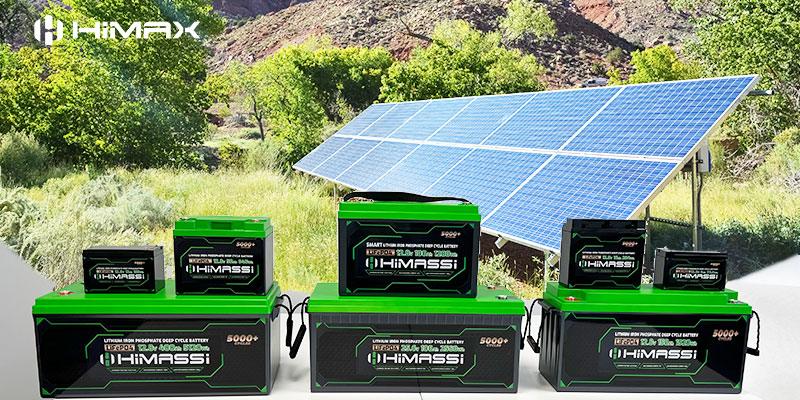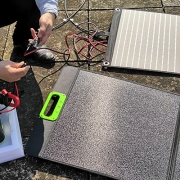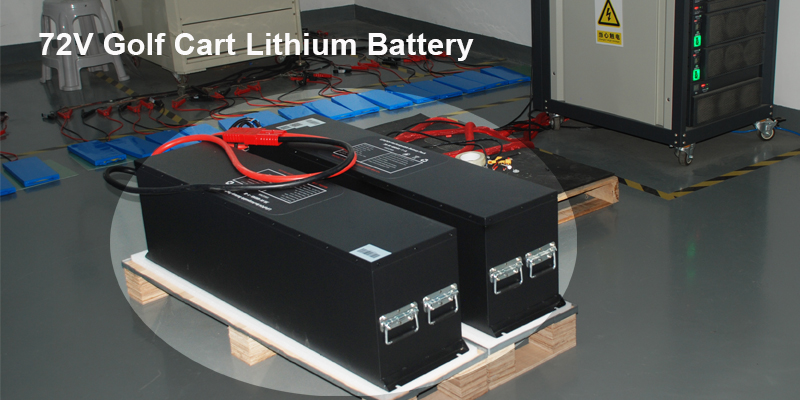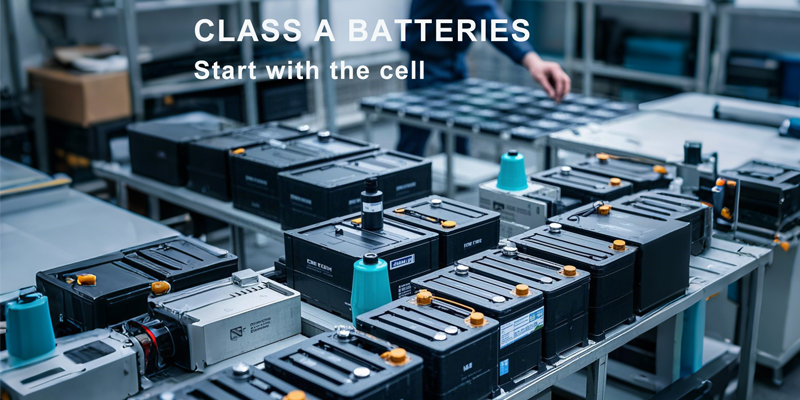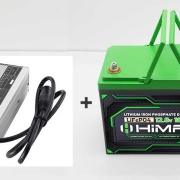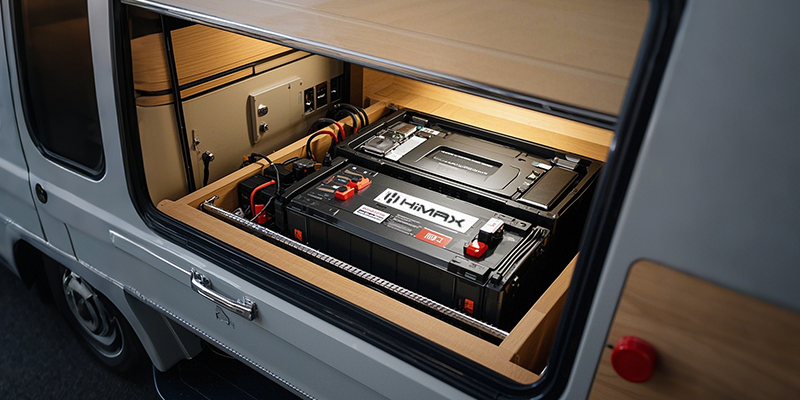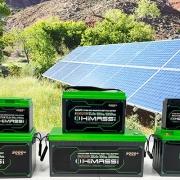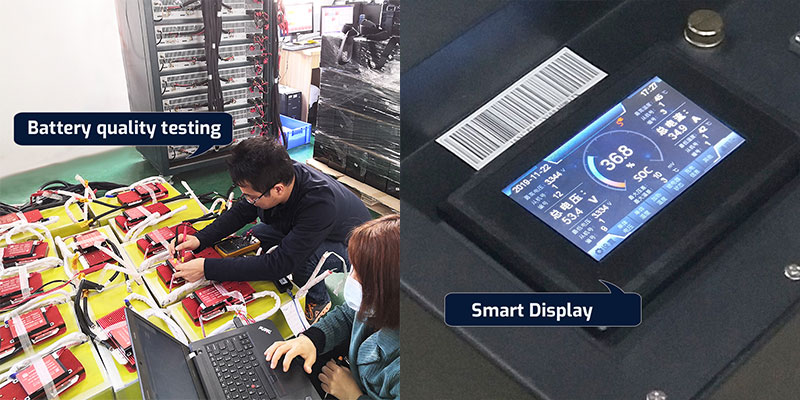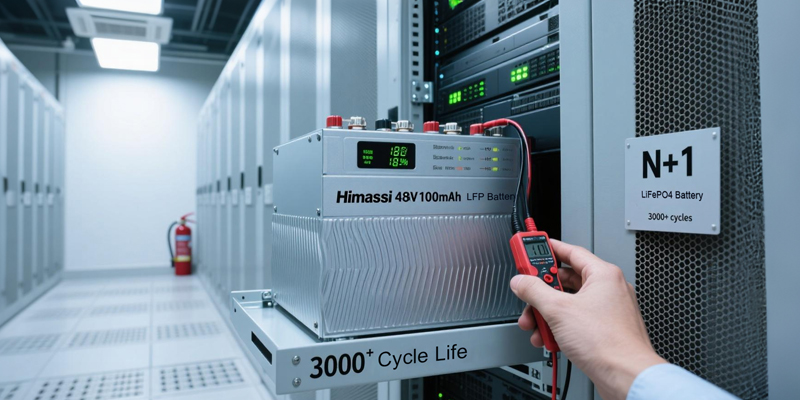Materials of lithium iron phosphate batteries
Lithium iron phosphate batteries (LiFePO4 or LFP batteries) are a type of lithium-ion battery known for their long cycle life, thermal stability, and safety. Here are the key materials used in lithium iron phosphate batteries
1. Cathode (Positive Electrode)
Composition:
Chemical Formula: LiFePO₄
Structure: Olivine-type crystal structure
Elements: Lithium (Li), Iron (Fe), Phosphorus (P), Oxygen (O)
Key Properties:
Voltage: ~3.2V nominal
Energy density: 90–160 Wh/kg (lower than NMC/NCA but safer)
Thermal stability: Decomposition starts >270°C (very stable)
Cycle life: >2000–7000 cycles depending on C-rate and depth of discharge
Advantages:
Non-toxic (compared to cobalt-based cathodes)
Environmentally friendly
Excellent thermal and chemical stability
Long calendar and cycle life
Stable discharge voltage
Disadvantages:
Lower energy density
Lower conductivity (mitigated by carbon coating and conductive additives)
Enhancements in Modern LFP:
Carbon coating (e.g., with Super P or CNT) to improve electrical conductivity
Doping with Mg, Zr, or Nb to enhance ionic conductivity and rate performance
2. Anode (Negative Electrode)
Composition:
Layered carbon structure that intercalates lithium ions
Key Properties:
Voltage: ~0.1V vs Li⁺/Li
Capacity: ~350–370 mAh/g
Material Forms: Natural graphite, synthetic graphite, mesocarbon microbeads (MCMB)
Advantages:
Proven and stable performance
Good conductivity
Widely available and low cost
Challenges:
Risk of lithium plating if charged too fast at low temperature
Potential degradation via solid electrolyte interphase (SEI) formation
Alternative Anodes:
Hard carbon: Used in LFP batteries for fast charging
Silicon or Si/C composites: Higher capacity but less stable
LTO (Li₄Ti₅O₁₂): Used in niche applications for ultra-safety and long life
3. Electrolyte
Main Composition:
Lithium Salt: LiPF₆ (lithium hexafluorophosphate)
Solvents: Typically a mix of:
EC (Ethylene Carbonate)
DMC (Dimethyl Carbonate)
DEC (Diethyl Carbonate)
EMC (Ethyl Methyl Carbonate)
Function:
Transports Li⁺ ions between cathode and anode during charge/discharge
Additives:
Vinylene Carbonate (VC): Improves SEI stability
FEC (Fluoroethylene carbonate): Enhances low-temp performance
Considerations:
Flammable → LFP’s thermal stability offsets this risk
Limited voltage stability (~4.2V), but suitable for LFP’s ~3.6V peak

4. Separator
Material:
Microporous Polyolefin:
PE (Polyethylene)
PP (Polypropylene)
PP/PE/PP multilayer films
Function:
Prevents direct contact between anode and cathode
Allows Li⁺ ions to pass through
Acts as a shutdown mechanism at high temperatures (melts and blocks ion flow)
Features:
Pore size: 20–100 nm
Thickness: 16–30 microns typically
Thermal shutdown: ~135°C (PE), ~165°C (PP)
5. Current Collectors
Cathode Side: Aluminum foil
Anode Side: Copper foil
Function: Collects and transports electrons to and from the external circuit
| Electrode | Material | Function |
| Cathode | Aluminum foil (10–20μm) | Conducts electrons from LFP |
| Anode | Copper foil (8–15μm) | Conducts electrons from graphite |
Reasons:
Aluminum is light and corrosion-resistant
Copper has excellent electrical conductivity
6. Binder (for electrode structure)
Cathode: Polyvinylidene fluoride (PVDF)
Anode: PVDF or carboxymethyl cellulose (CMC) + styrene-butadiene rubber (SBR)
Function: Binds active material to the current collector
7. Conductive Additives (in electrodes)
Material: Carbon black, Super P, carbon nanotubes (CNT), or graphene
Function: Improves electrical conductivity of the electrode
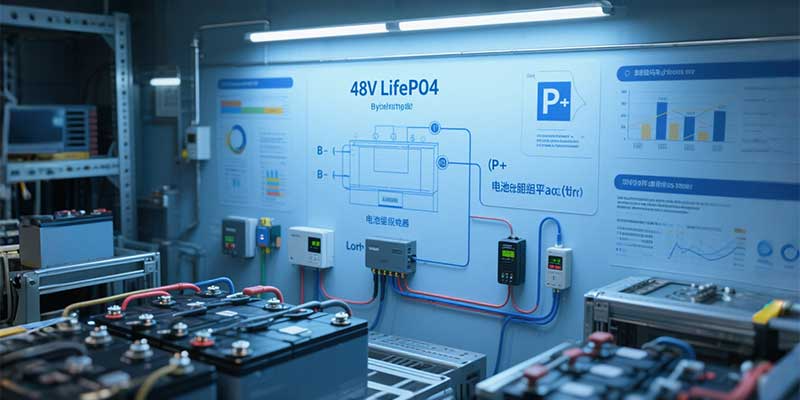
Summary Table
| Component | Material Example | Function |
| Cathode | Lithium Iron Phosphate
(LiFePO₄) |
Stores lithium ions, provides voltage |
| Anode | Graphite | Stores lithium ions during charging |
| Electrolyte | LiPF6 in EC/DMC/DEC | Lithium ion transport medium |
| Separator | PE/PP microporous film | Prevents short-circuit, allows ion flow |
| Current Collector | Aluminum (cathode),
Copper (anode) |
Conducts electrons |
| Binder | PVDF, CMC/SBR | Holds electrode materials together |
| Additives | Carbon black, CNT | Enhances electrical conductivity |
Use Cases of LFP Batteries
| Application | Reason for Choosing LFP |
| Electric Vehicles (EVs) | Long life, high safety, cost-effective |
| Energy Storage Systems | Excellent cycle life and thermal stability |
| E-bikes, Power Tools | Safe and lightweight |
| Marine & RV Batteries | Low maintenance, good performance in heat |

